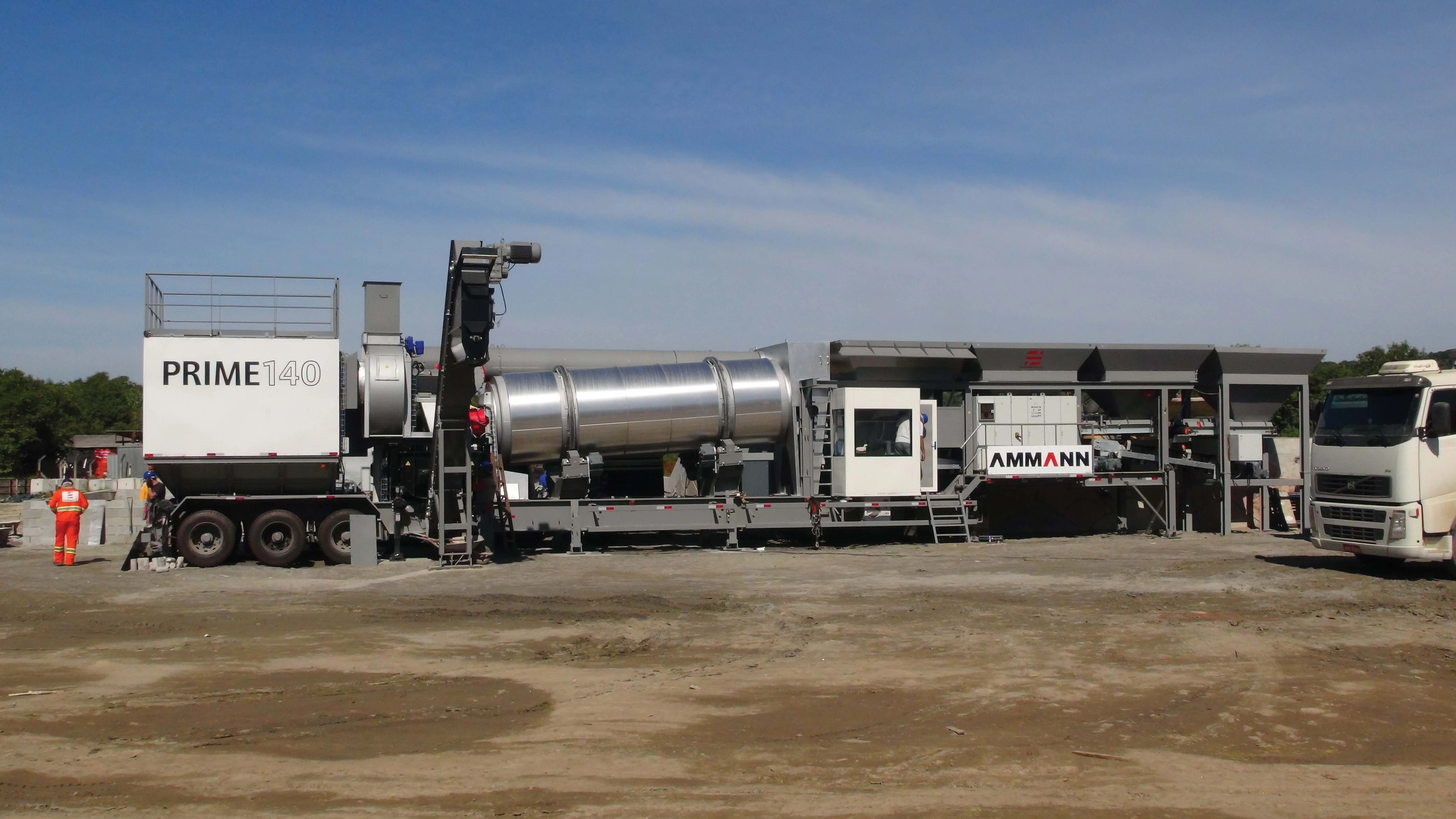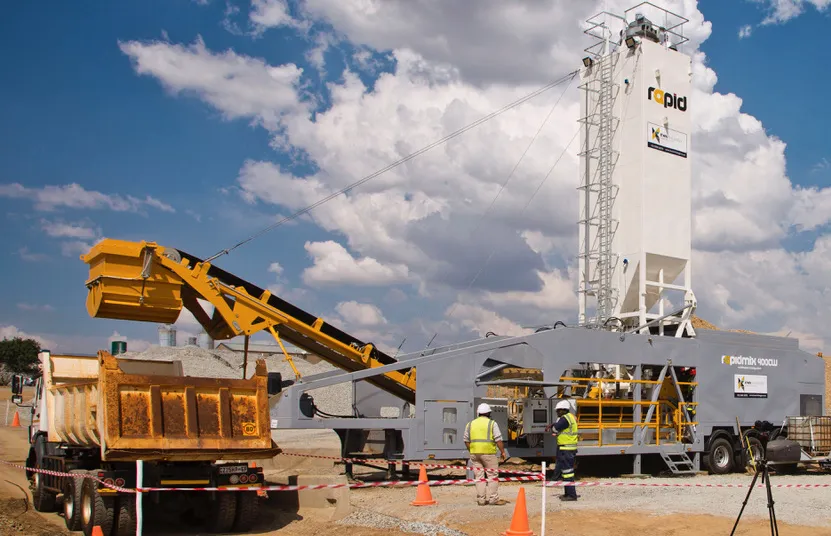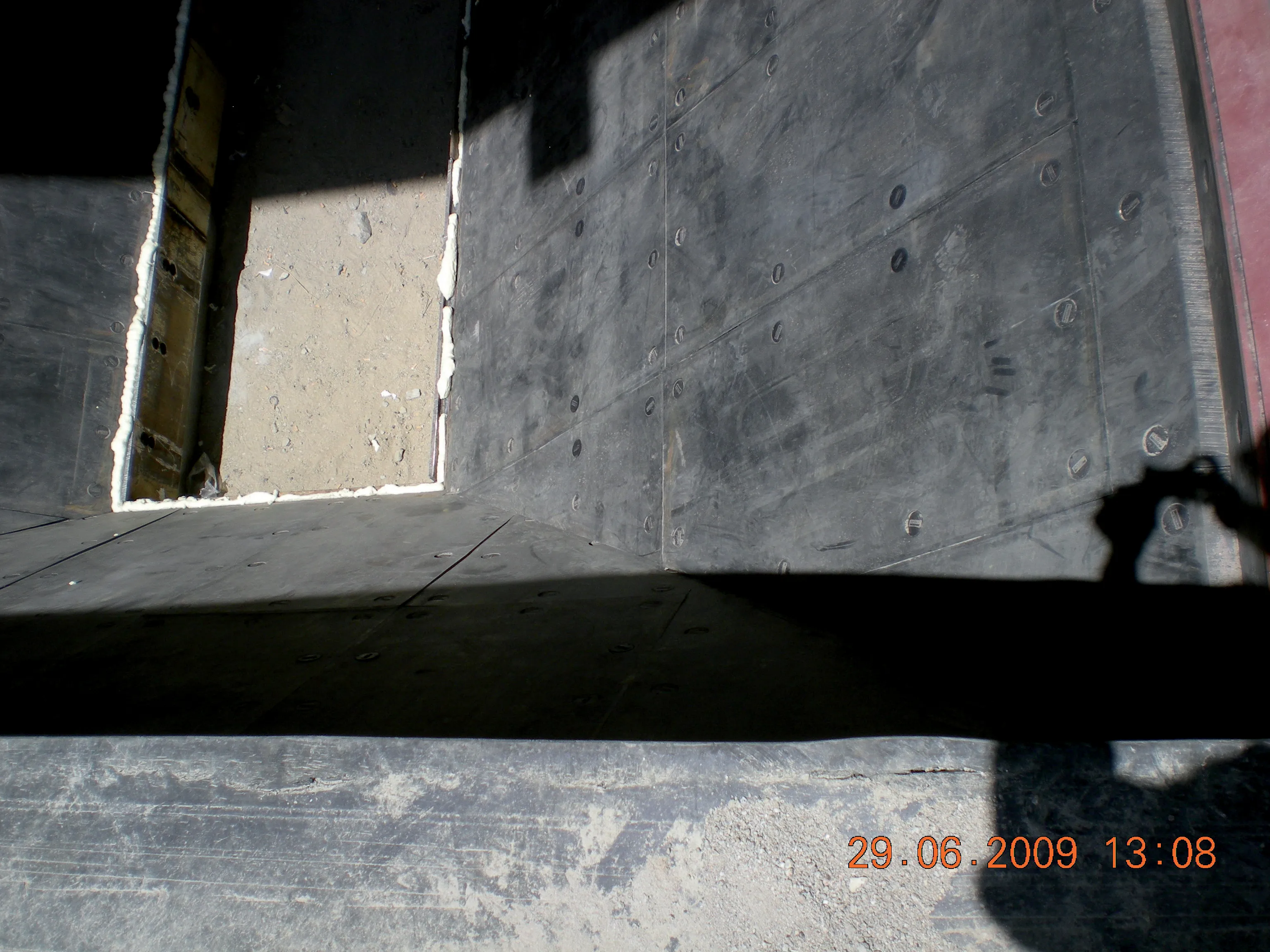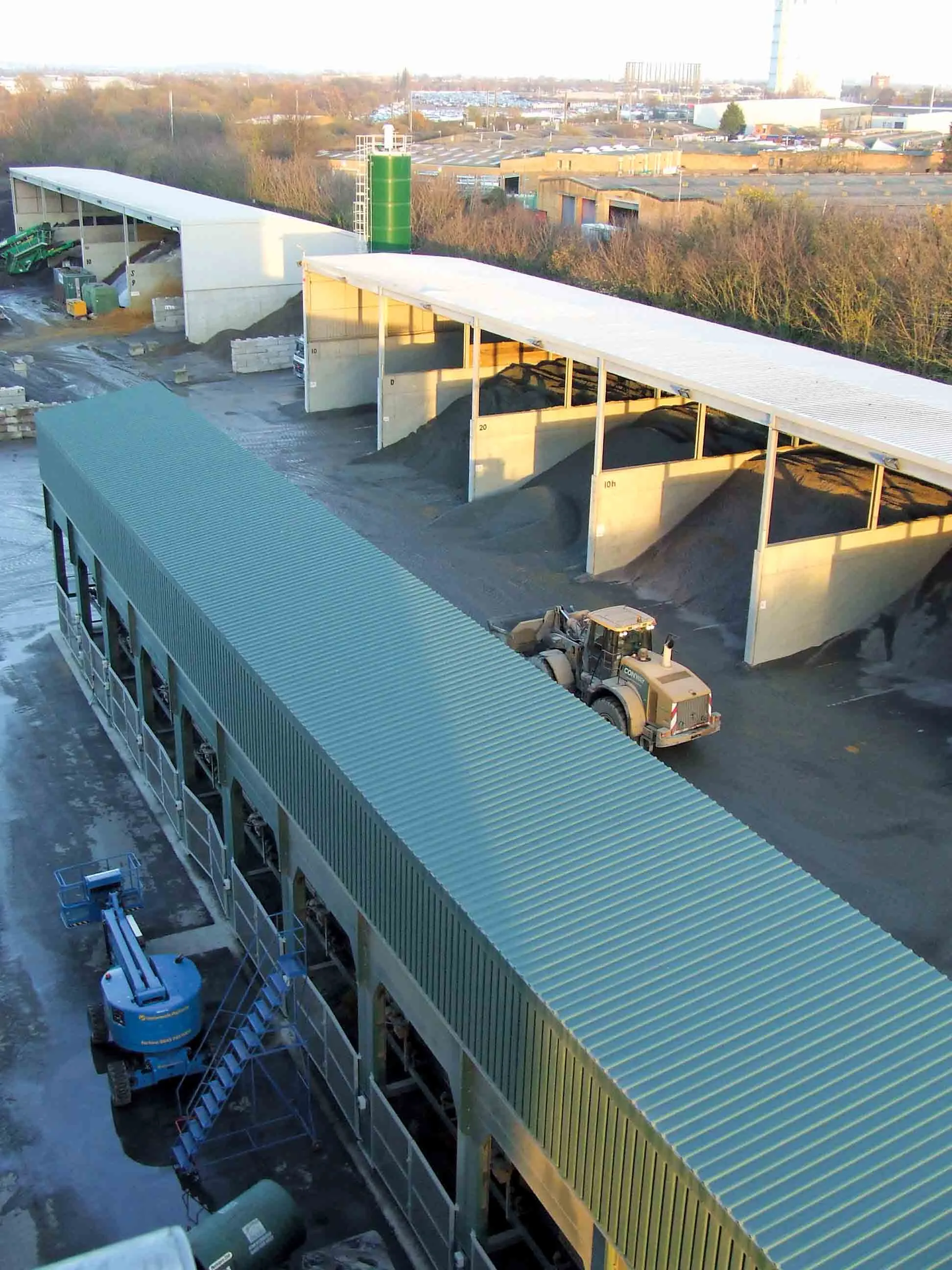April 21, 2015
Benninghoven is giving the Batchmix 100 mobile batching plant its world premiere at INTERMAT 2015. The new unit offers flexibility, mobility and reliability in a compact design that gives an output of 100tonnes/hour via four cold feed hoppers and a loading width of 3,600mm.









